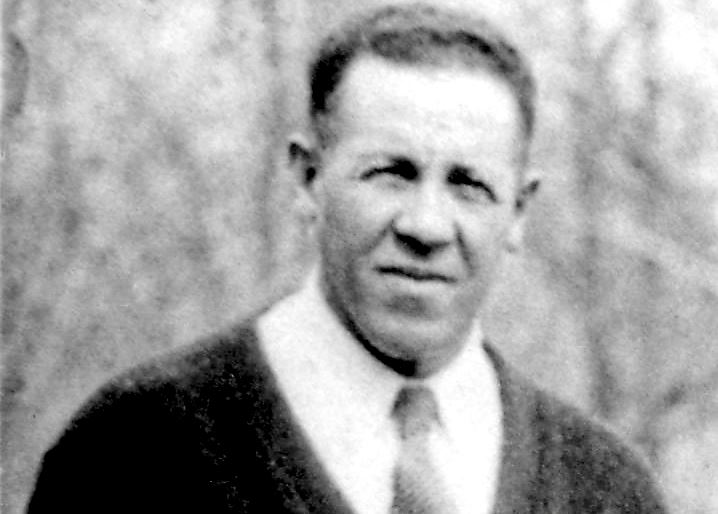Former Duquesne, Penn State athlete Cumberland Posey elected to Basketball Hall of FamePosted in Articles, History, Media Archive, United States on 2016-06-16 20:08Z by Steven |
Former Duquesne, Penn State athlete Cumberland Posey elected to Basketball Hall of Fame
Pittsburgh Post-Gazette
2016-04-05
Stephen J. Nesbitt, Beat Writer
 Courtesy of the Baseball Hall of Fame Library, Cooperstown, N.Y. |
Will become only person inducted into both professional basketball, baseball halls of fame
The grass-roots campaign to get Cumberland “Cum” Posey enshrined in the Naismith Memorial Basketball Hall of Fame began one day in 2002 when two men met at a Starbucks in Pittsburgh and drafted a plan to unearth the story of one of the best athletes the area has seen.
On Monday, 14 years later, Claude Johnson and Rob Ruck were together again to celebrate the campaign’s joyous conclusion. Mr. Posey will be inducted in September, the hall announced.
Mr. Posey, who was born in Homestead in 1890 and died in 1946, was the first black athlete at Penn State and Duquesne and was a player, manager and owner of the Homestead Grays baseball team. He will be the first to be voted into both the professional basketball and baseball halls of fame.
“Today, we honor a man who could be called Pittsburgh’s forgotten champion,” said Duquesne president Charles Dougherty at a ceremony Monday night on Duquesne’s campus, with a number of Mr. Posey’s descendants in attendance.
Mr. Posey is best known for helping build the Grays into a national power, and his basketball prowess seemed lost to history until Mr. Ruck, a history professor at Pitt, wrote the book “Sandlot Seasons,” which told of prominent people and places in Pittsburgh’s black sports history…
…While leading Duquesne in scoring every season from 1916-18, Mr. Posey played under the alias “Charles Cumbert.” There are a few theories as to why — eligibility concerns is one — but Mr. Johnson said Mr. Posey tried passing as white because opponents would refuse to play a black person…
Read the entire article here.